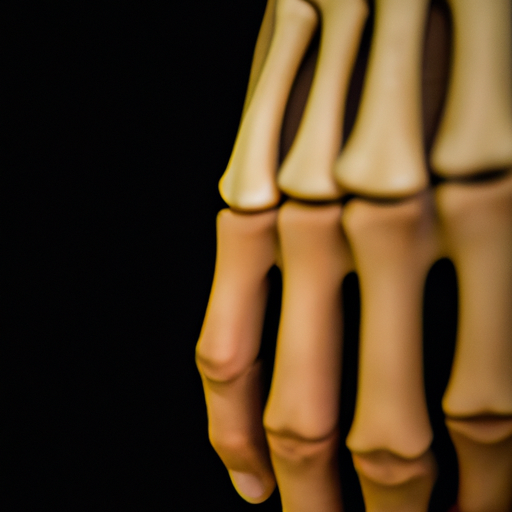Introduction:
When it comes to the anatomy of our fingers, there are several bones that make up this intricate structure. One common question that arises is whether phalanges are considered short bones. In this article, we will delve into the truth behind finger anatomy and shed light on the classification of phalanges.
Understanding Finger Anatomy:
To comprehend the classification of phalanges, it is essential to have a basic understanding of finger anatomy. Our fingers consist of three main sections: the proximal phalanx, the middle phalanx, and the distal phalanx. These sections are connected by joints, allowing for flexibility and movement.
What are Short Bones?
Short bones, as the name suggests, are bones that have a roughly equal length and width. They are typically cube-shaped or have a slightly irregular shape. Examples of short bones include the bones found in our wrists and ankles, such as the carpals and tarsals.
Are Phalanges Short Bones?
Contrary to popular belief, phalanges are not classified as short bones. Instead, they fall under the category of long bones. Long bones are characterized by their elongated shape, with a shaft (diaphysis) and two ends (epiphyses). The phalanges fit this description as they have a long, slender structure.
The Classification of Phalanges:
Phalanges are further divided into three types: proximal phalanges, middle phalanges, and distal phalanges. The proximal phalanges are located near the base of the fingers, connecting them to the metacarpal bones in the hand. The middle phalanges are found between the proximal and distal phalanges, while the distal phalanges are situated at the fingertips.
Conclusion:
In conclusion, phalanges are not considered short bones but rather fall under the classification of long bones. Understanding the anatomy of our fingers is crucial to gaining insight into the structure and function of these intricate body parts. By clarifying the classification of phalanges, we can enhance our knowledge of finger anatomy and appreciate the complexity of our hands.




